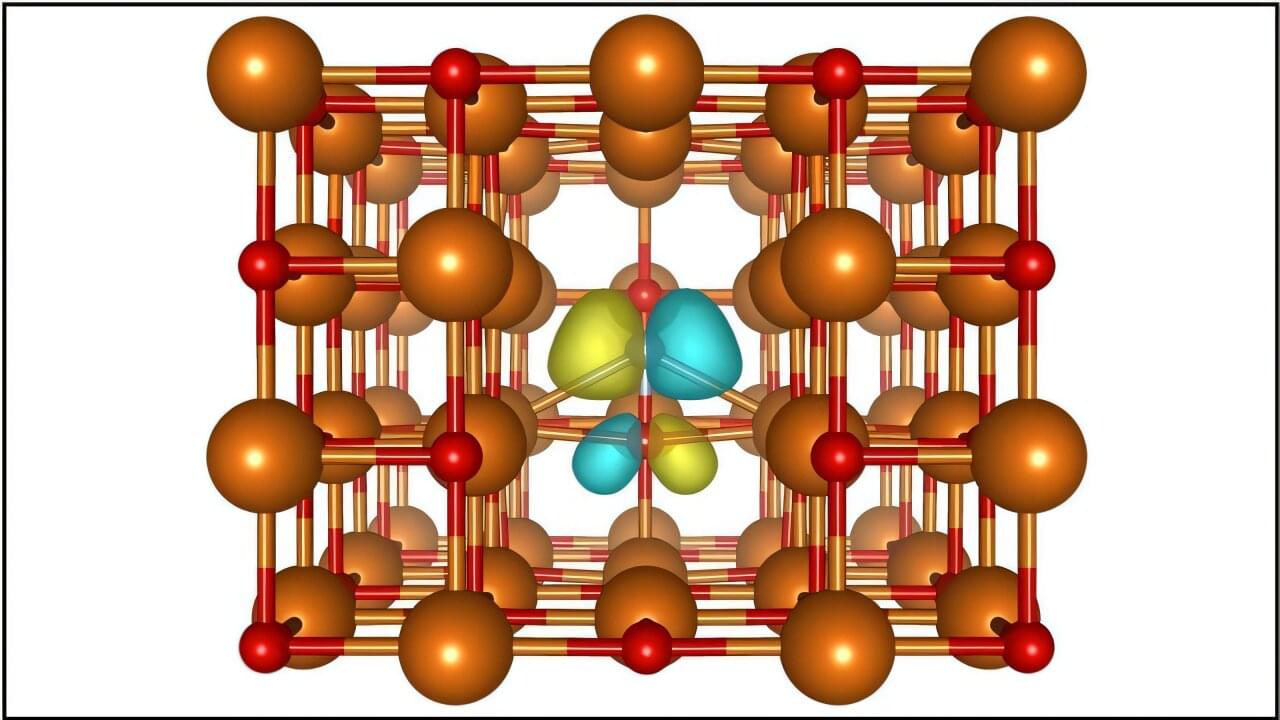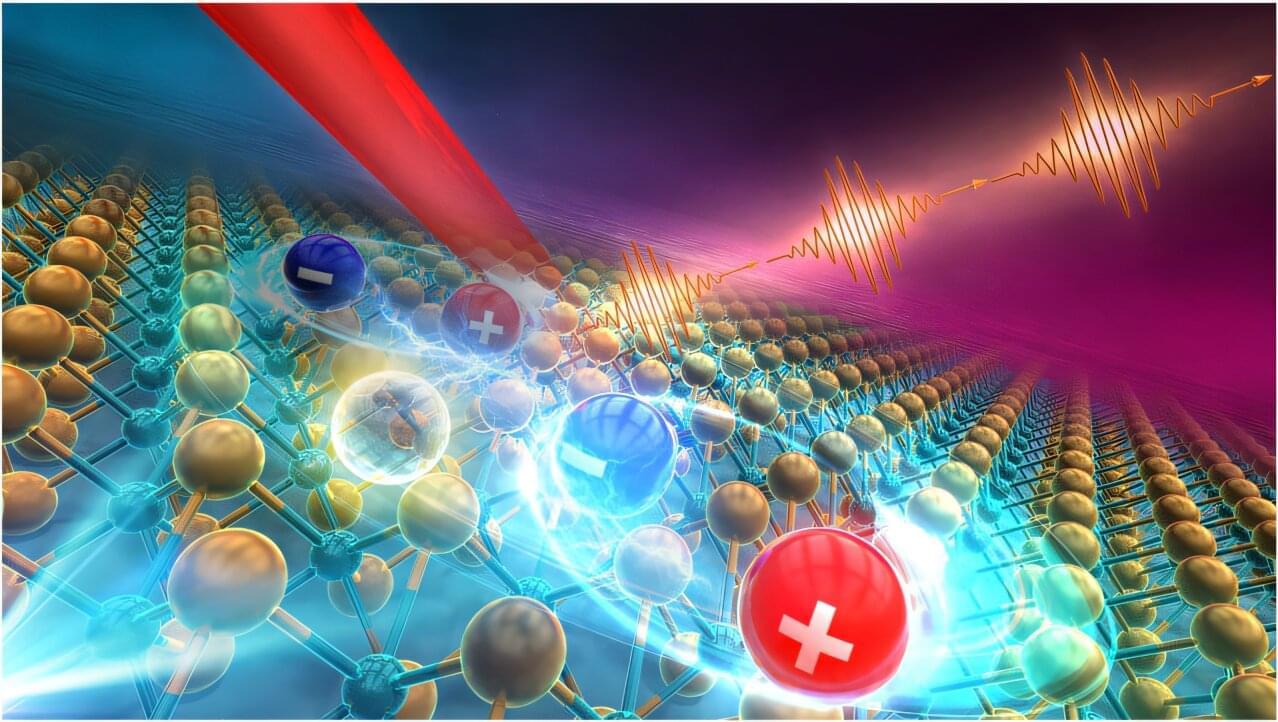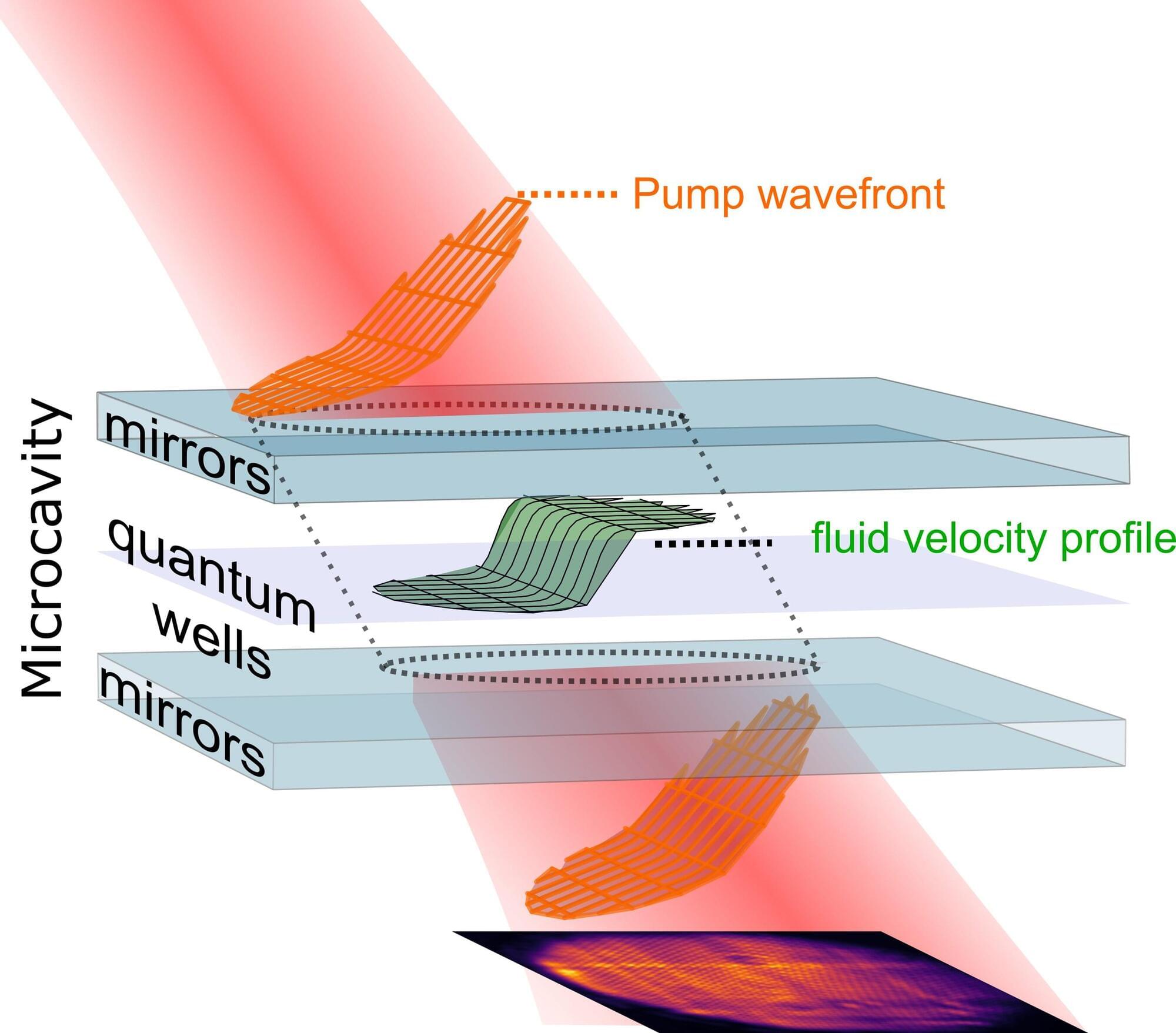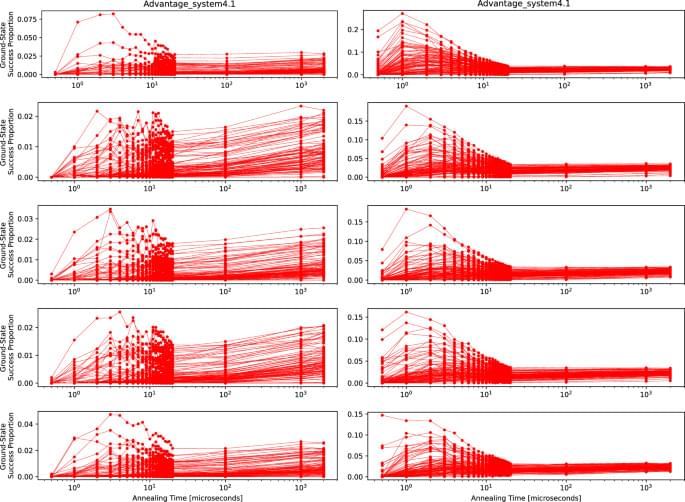Used as a versatile material in industry and health care, magnesium oxide may also be a good candidate for quantum technologies. Research led by the U.S. Department of Energy’s (DOE) Argonne National Laboratory and published in npj Computational Materials reveals a defect in the mineral that could be useful for quantum applications.
Researchers are exploring possible building blocks, known as qubits, for systems that could exploit quantum properties. These systems could operate in various devices that may outperform classical supercomputers, form unhackable networks or detect the faintest signals.
Unlocking the potential of qubits for applications such as quantum computing, sensing and communications requires an understanding of materials on the atomic scale.







